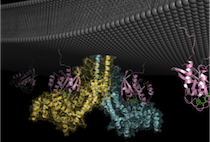Secondary Faculty
Yuh Min Chook, Ph.D. • Lab Website • yuhmin.chook@utsouthwestern.edu
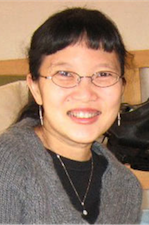
The Chook Lab studies physical and cellular mechanisms of nuclear-cytoplasmic transport. We seek to understand molecular recognition in this system and to discover new classes of nuclear localization and export signals.
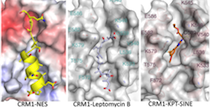
W. Mike Henne, Ph.D. • Lab Website • mike.henne@utsouthwestern.edu
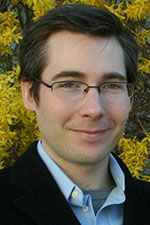
The Henne Lab studies how cellular membranes are sculpted during processes like vesicle budding, organelle biogenesis, and the formation of inter-organelle membrane contact sites. We employ both budding yeast and mammalian cellular systems to reveal molecular mechanisms of this membrane remodeling, and our main projects use combinations of cell biology, genetics, biochemistry, and structural biology to deeply understand cellular sculpting events.
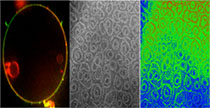
Ryan Hibbs, Ph.D. • Lab Website • ryan.hibbs@utsouthwestern.edu
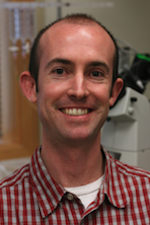
Ryan’s lab studies the structural mechanisms underlying neurotransmitter receptor function. We are particularly interested in defining principles of allosteric activation and modulation, ion selectivity, and ligand recognition.

Youxing Jiang, Ph.D. • Lab Website • youxing.jiang@utsouthwestern.edu
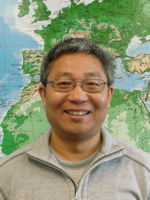
The overall research goal of the Jiang Lab is to understand the structure and function of tetrameric cation channels, utilizing a combination of membrane protein crystallography and channel electrophysiology.
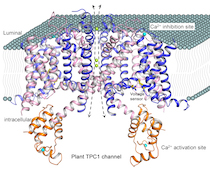
Milo Lin, Ph.D. • Lab Website • milo.lin@utsouthwestern.edu
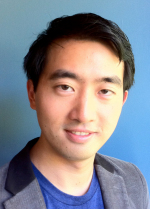
Milo's lab uses statistical mechanical and computational approaches to find performance limits of complex biological systems. These include the multi-scale mechanisms of protein folding, dynamics and aggregation (especially in neuro-toxicity and cell plasticity).
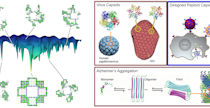
Xin Liu, Ph.D. • Xin.Liu@utsouthwestern.edu
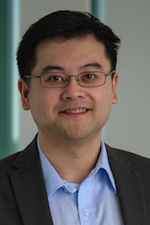
The Liu Lab studies high-order chromatin organizations and their impacts on eukaryotic transcription in both normal and diseased states. We focus on understanding the molecular and biophysical bases of the interplay between transcriptional regulation and chromatin dynamics including chromatin loop and heterochromatin formation.

Xuelian Luo, Ph.D. • Lab Website • xuelian.luo@utsouthwestern.edu
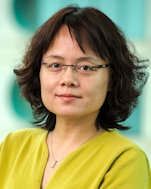
The Luo laboratory studies the molecular mechanisms of intracellular signal transduction pathways using a combination of structural and biochemical approaches. Our research program currently focuses on two major areas: the spindle checkpoint and the Hippo tumor suppressor pathway.
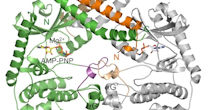
Yunsun Nam, Ph.D. • Lab Website • yunsun.nam@utsouthwestern.edu
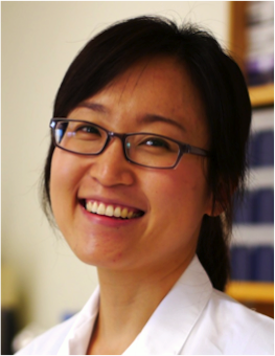
Our lab is interested in the biochemical and structural mechanisms in RNA-mediated gene regulation pathways important in development and cancer. We are currently focused on investigating how microRNAs are processed and regulated.
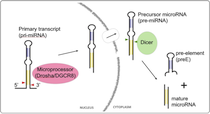
Kimberly Reynolds, Ph.D. • Lab Website • kimberly.reynolds@utsouthwestern.edu
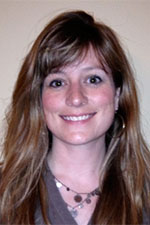
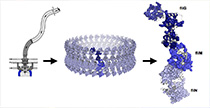
Xuewu Zhang, Ph.D. • Lab Website • xeuwu.zhang@utsouthwestern.edu
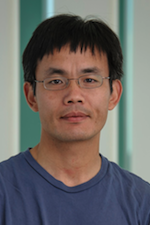
We study how signals are transduced across the cell membrane by using crystallography in combination with other approaches, focusing on the axon guidance receptor plexin.
